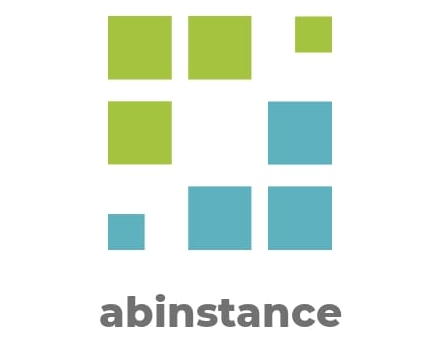Using JavaMail API Part 2: Configuring JavaMail Session in GlassFish Server

In this article, I discuss how to create a Mail Session in the GlassFish Administration Console which allows server-side components and applications to access JavaMail services with JNDI, using the Session properties you assign for them. JNDI (Java Naming and Directory Interface) is an API for locating application resources and components such as JavaMail Sessions, data sources, etc. in a distributed application.
Using JavaMail API Part 1: Adding Mail Functionality to a Java Application

I have a project set up in Netbeans IDE with JDK 1.8 and Java EE8 which includes GlassFish Server 5.1. I want to add email capability to this simple app, what are my options? The JavaMail API, a free and open-source package, makes it easy to add mail-handling capability to any application – in my case, a JavaServer Faces web app. The API includes convenience classes which encapsulate common mail functions and protocols. Let’s look at the most used classes/packages of the JavaMail API:
Scheduling Tasks Using Cron on Linux Ubuntu 20.04 Server
You can execute tasks (such as backups, database updates, rotating logs, etc.) periodically using cron and crontab facilities. The cron system is managed by the cron daemon. Daemon processes run continuously once initialized at system startup. Cron runs in the background and tasks scheduled with cron, referred to as cron jobs, are executed automatically. Cron jobs are recorded and managed in a special configuration file known as a crontab.
Thoughts on numbering systems

The evolution of human numbering systems is an interesting one. First, the struggle to come up with a counting base. Then you discover you’ve 10 fingers! And so, you can use “lots of 10”. Then there’s another problem: you need a symbol for each possible count/quantity, for example 0,1, 2, 3, etc. Now that you can count things like your money correctly, it all comes so naturally, huh?
